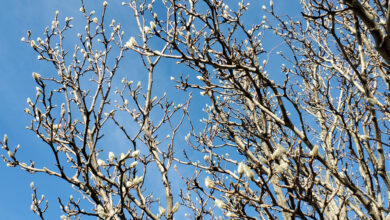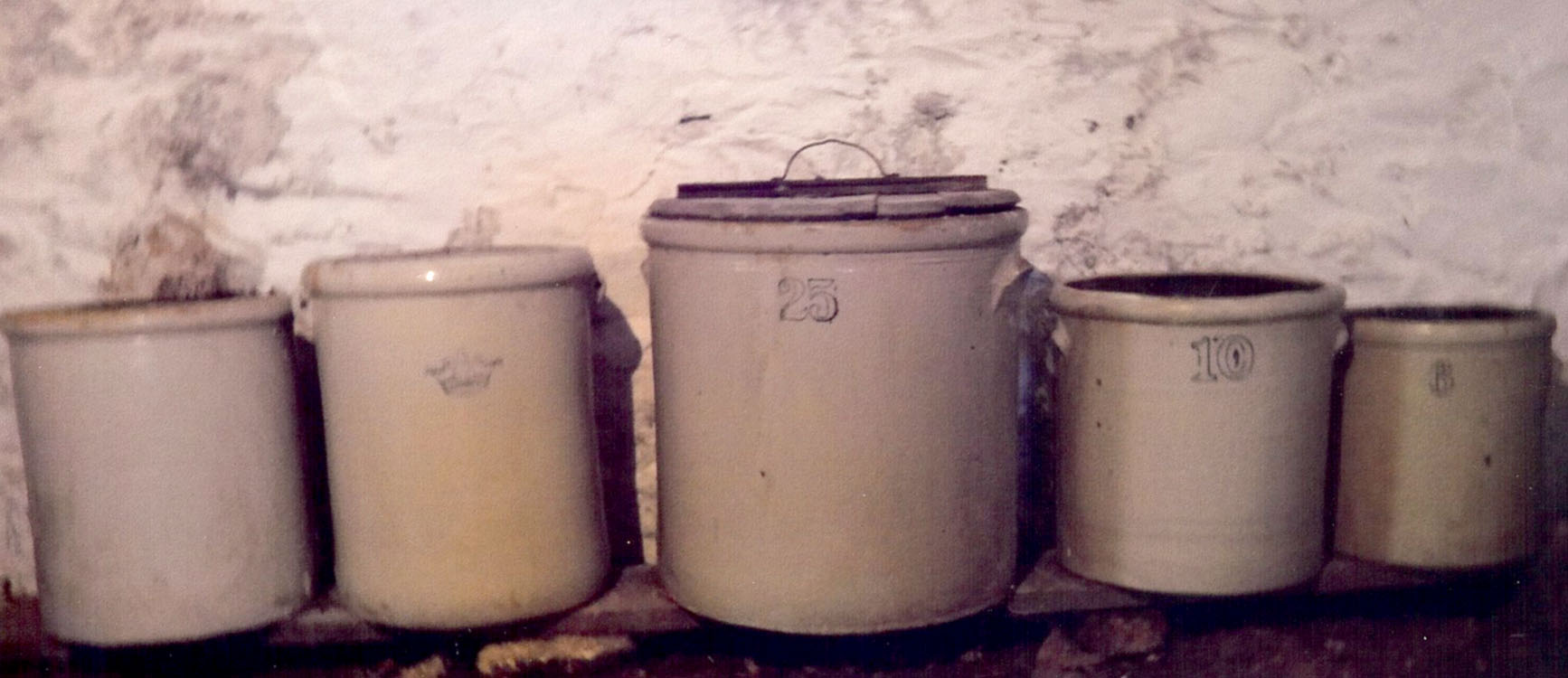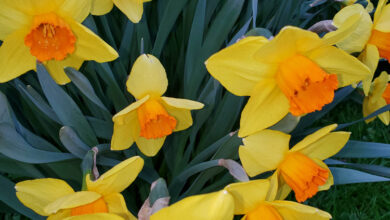Natives offer an array of fall color
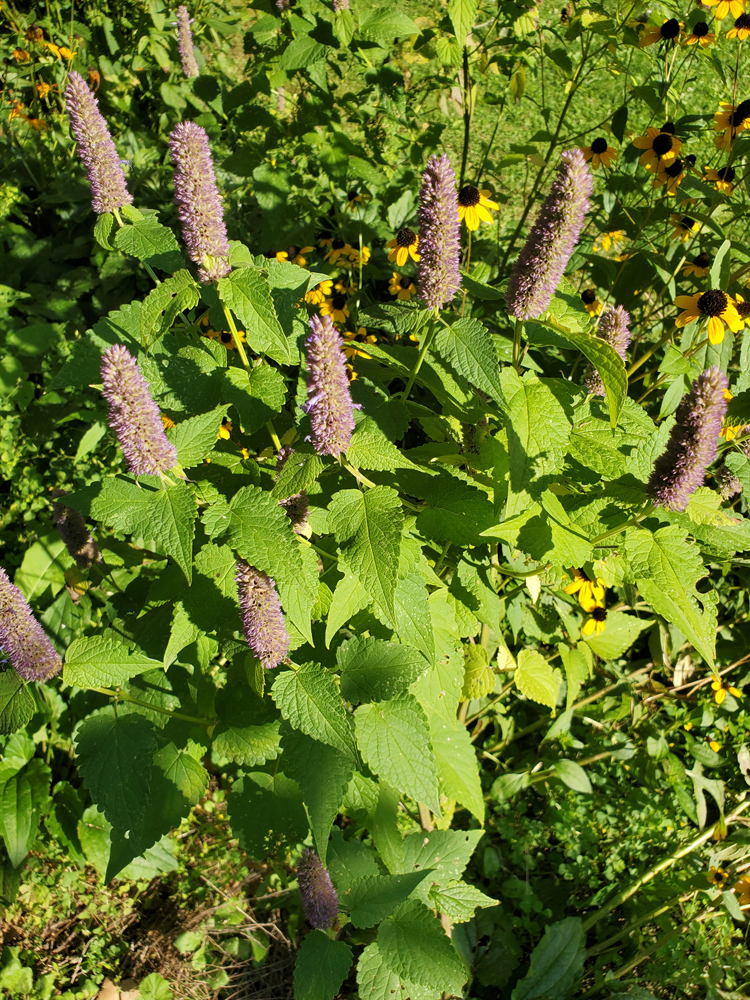
Trees often get all the attention for providing autumn color, but native perennial flowers also provide interest and beauty to your fall landscape. Native plants are an excellent choice for your garden because they typically thrive with less water, fertilization, and disease control and provide food sources for native insects and birds at a time when they are in particular need of extra nutrition. Many natives re-seed themselves as well, providing a great resource for new plants.
Penn State Extension suggests plants such as Joe Pye weed (Eutrochium purpureum) which has lovely blossoms of purplish-pink that bloom through September. Cardinal-flower (Lobelia cardinalis) has bright red blooms on spikes. It grows one to four feet tall and provides nectar for pollinators, including hummingbirds. Both New York ironweed (Vernonia noveboracensis) and Culver’s root (Veronicastrum virginicum) grow to six feet tall. New York ironweed features bright purple flowers, and Culver’s root has long plumes of white flowers.
Mountain mints (Pycnanthemum spp.) are a group of aromatic plants highly attractive to pollinators but not to deer. They produce small pinkish-white flowers through September. Goldenrods (Solidago spp.), a common roadside flower, also come in a variety of cultivars for the home garden. The bright yellow blooms are drought tolerant, deer resistant, and an excellent nectar source. Goldenrods range from one to four feet tall, and some varieties bloom right through until frost. Asters (Symphyotrichum spp.) are also a common sight at this time of year. New York aster (S. novi-belgii) and New England aster (S. novae-angliae) both have bright purple flowers that grow well in full sun.
Cornell University adds natives such as Perennial Sunflower, Turtlehead, Bush Sage, Anise Hyssop, and Witch Hazel to the list.
Additionally, many perennials, whether native or not, produce beautiful autumn color and seed heads for birds. Catmint, ‘Walker’s Low’ (Nepeta racemosa), as well as tickseed (Coreopsis spp.), salvias, ‘Fiesta del Sol’ Mexican sunflower (Tithonia rotundifolia), and hardy geraniums bloom until frost. Don’t forget about sedum varieties such as ‘Autumn Joy’ and ‘Autumn Fire,’ which provide color all fall and interest well into the winter. My sedums are a draw for bees and other pollinators throughout the autumn when other nectar sources can dry up.
Even seed heads can add interest to the fall garden. Coneflowers (Echinacea) are finished blooming, but their tall seed heads add structure to the garden and beckon to goldfinches who love their seeds. Salvias and hyssops also provide seed heads which the birds enjoy. Rose hips add color and interest into the fall, and ball-shaped seed heads of rudbeckia add exclamation points to your plantings as well as feed the birds.
Both perennials and annuals can provide foliage color. Coleus now comes in a huge range of leaf colors, shapes, and sizes. Heucheras are native plants that provide pops of foliage color in a lightly shaded garden. Colors range from a stainless steel grey to burgundy, rose, chartreuse, and coral. They also make interesting additions to fall cut-flower arrangements.
Autumn is a spectacular time of year, and your entire landscape can be full of color and interest as the growing season winds down and the late-year sun angle brightens the world with its golden glow.
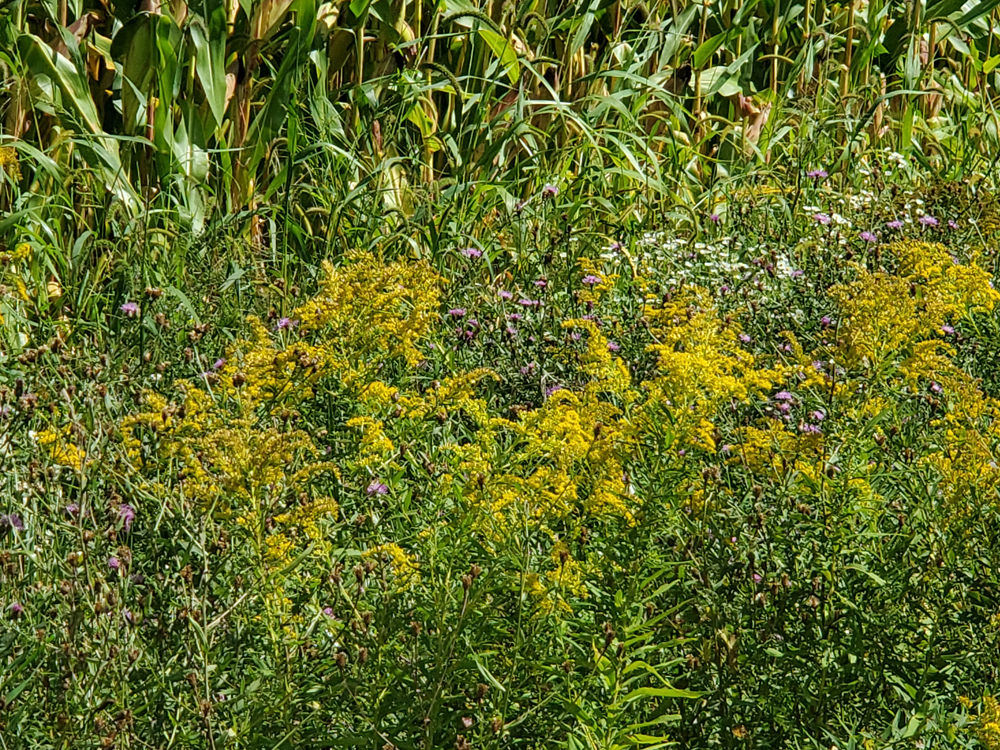
Photo by Kristina Gabalski



